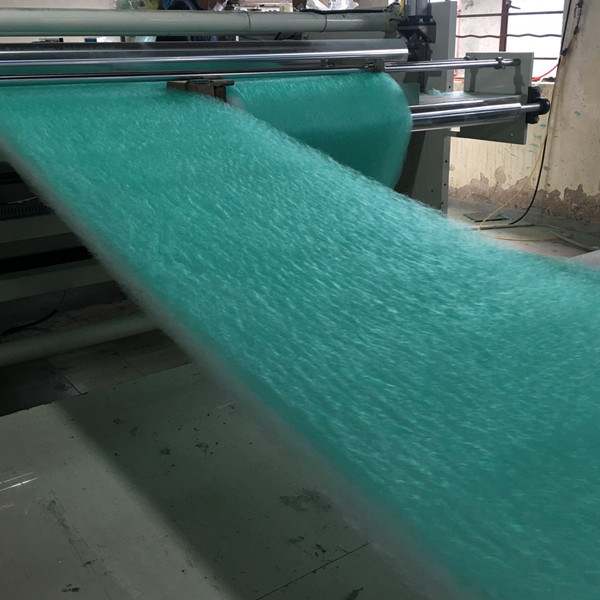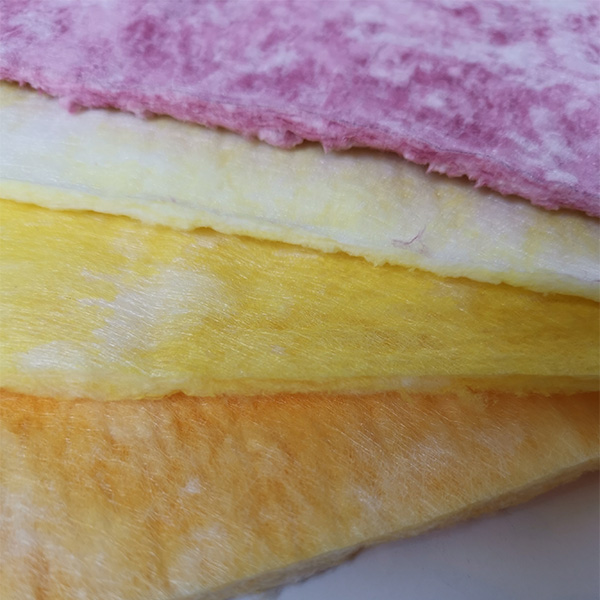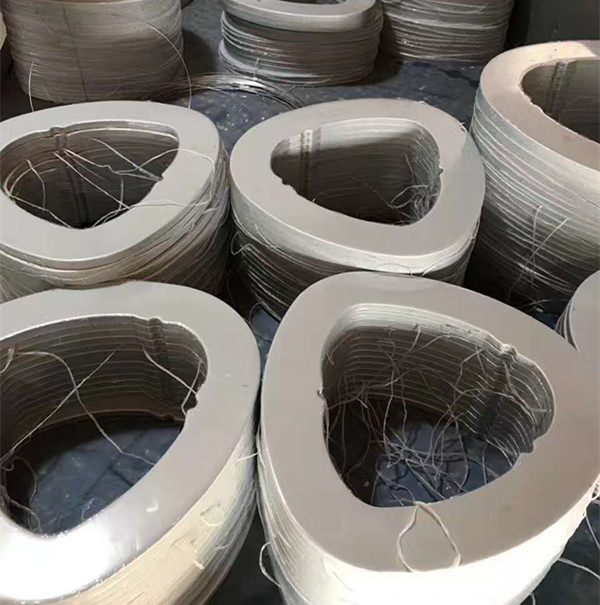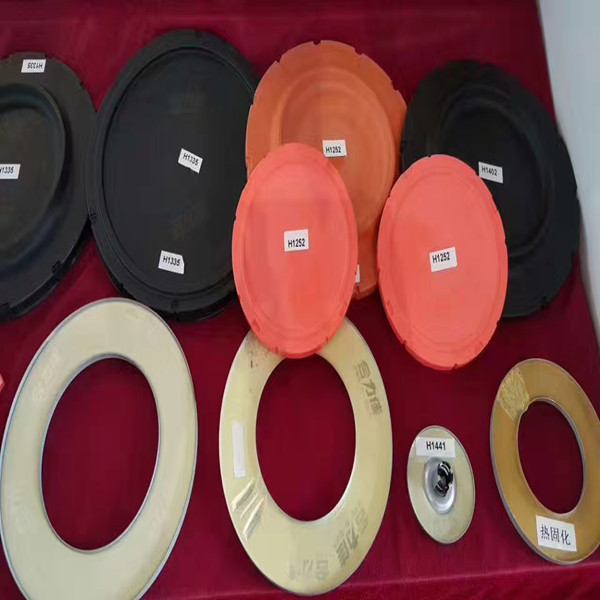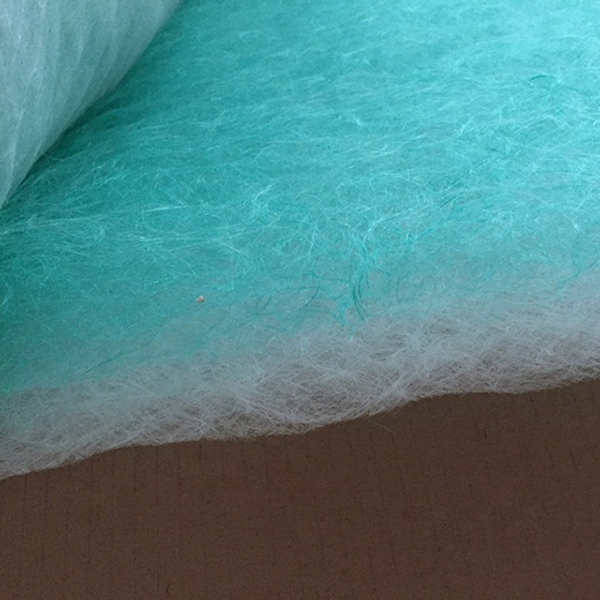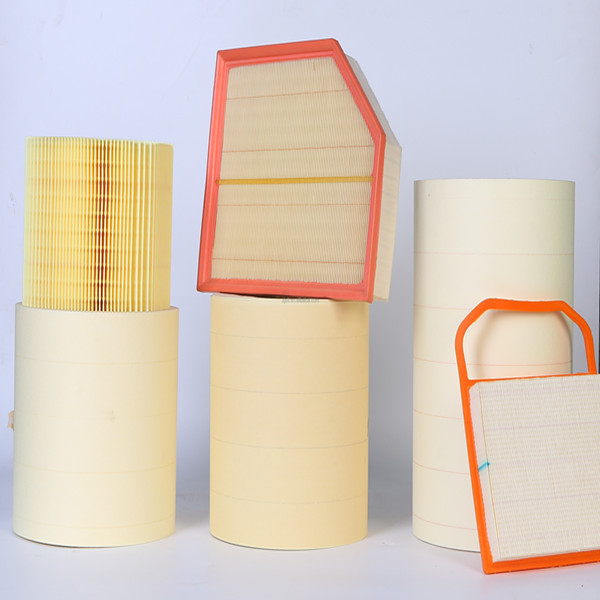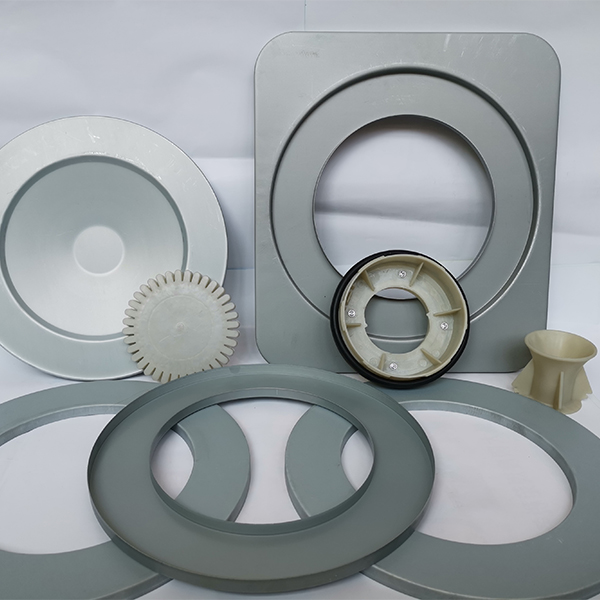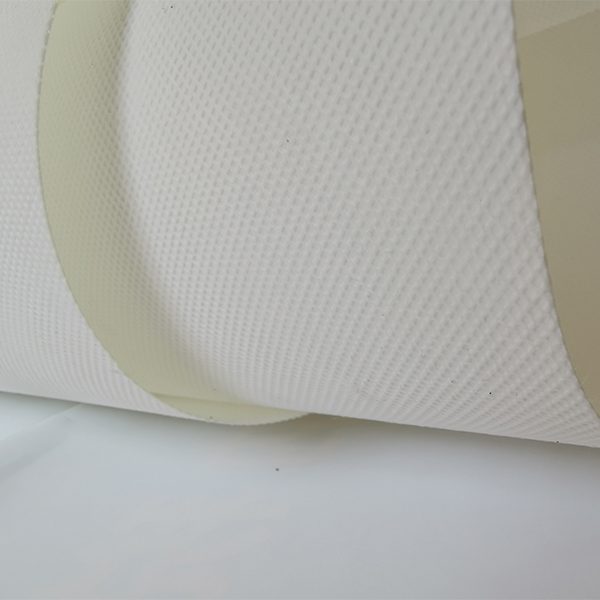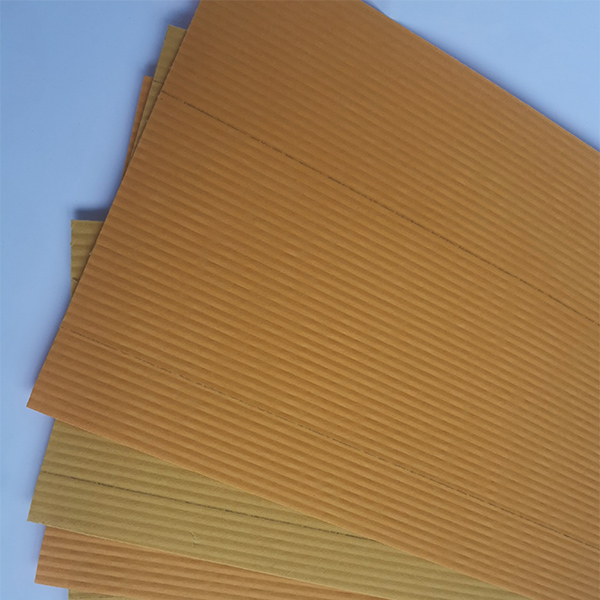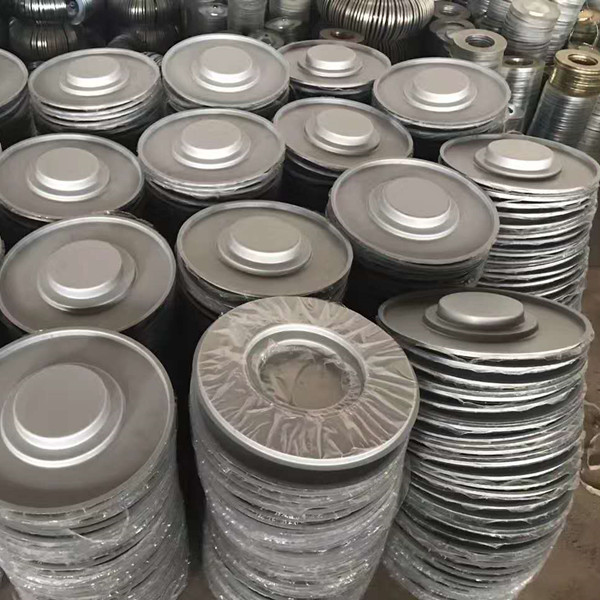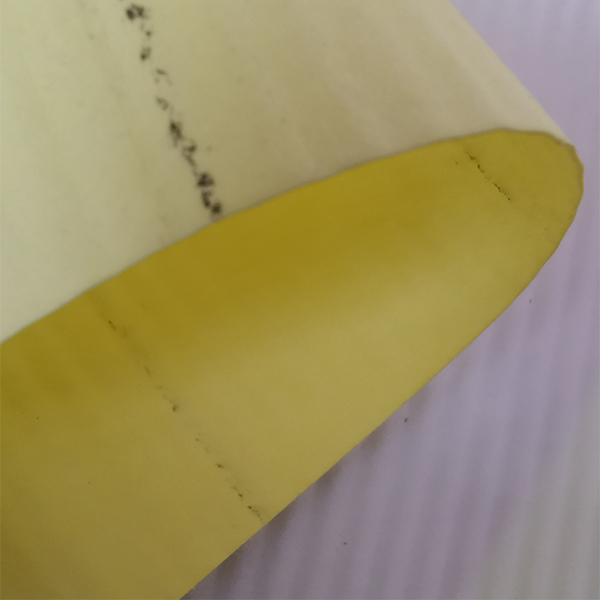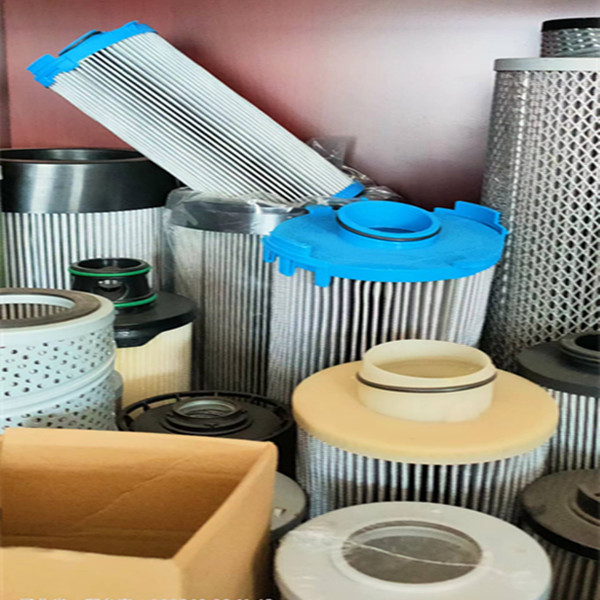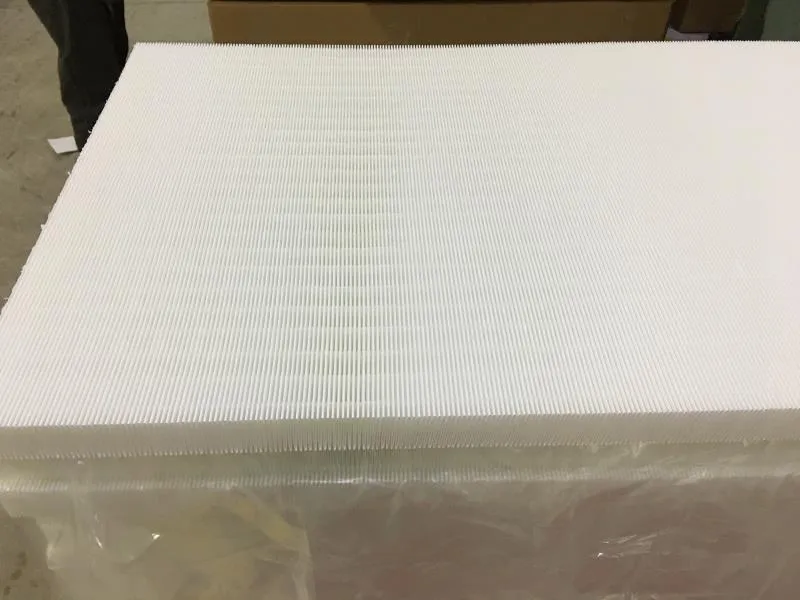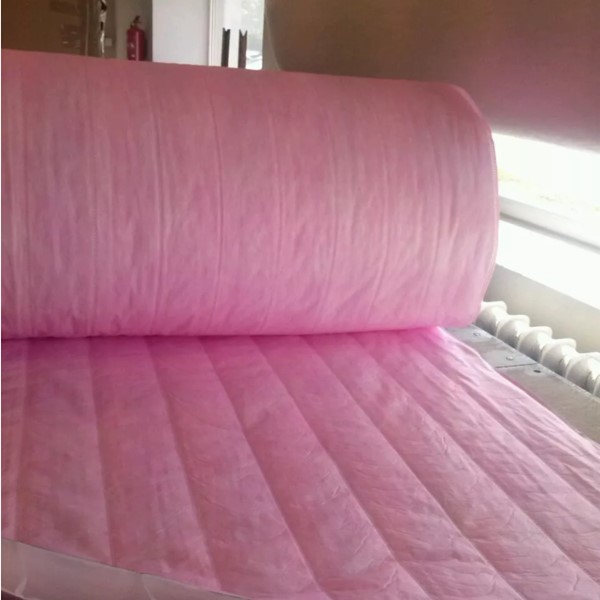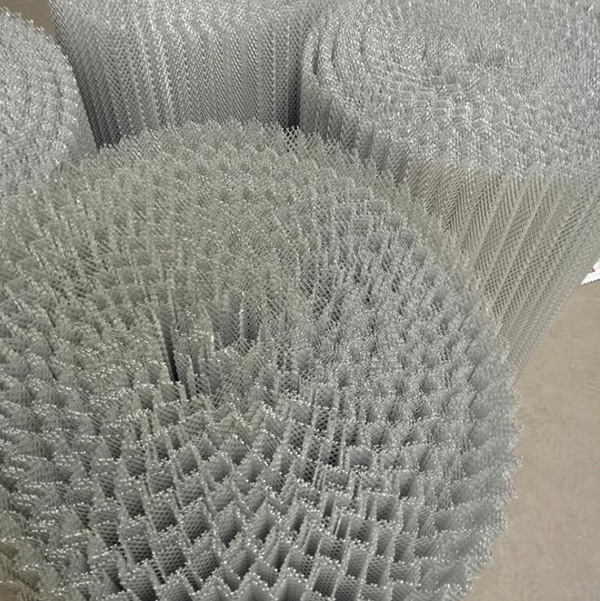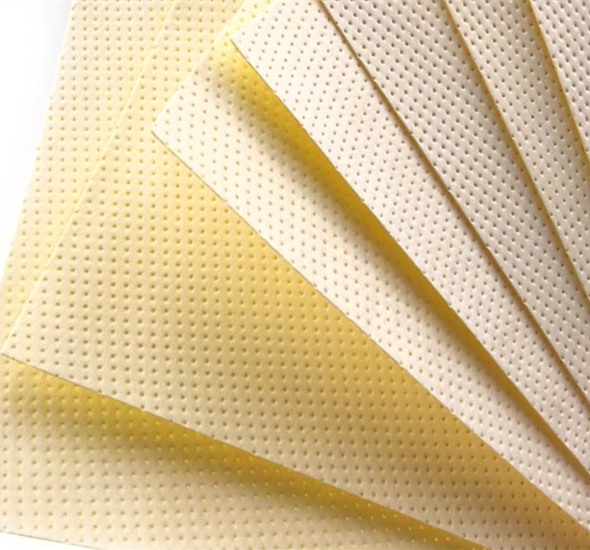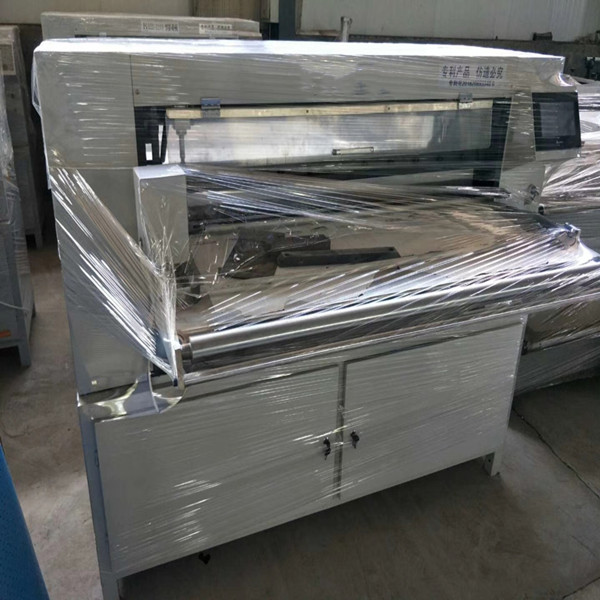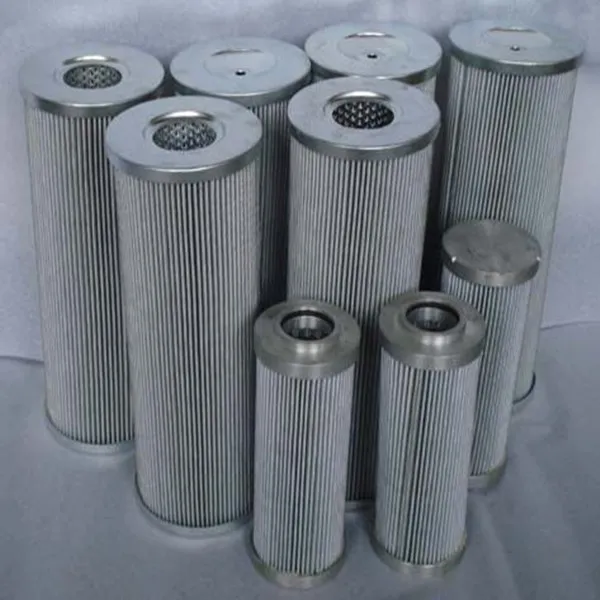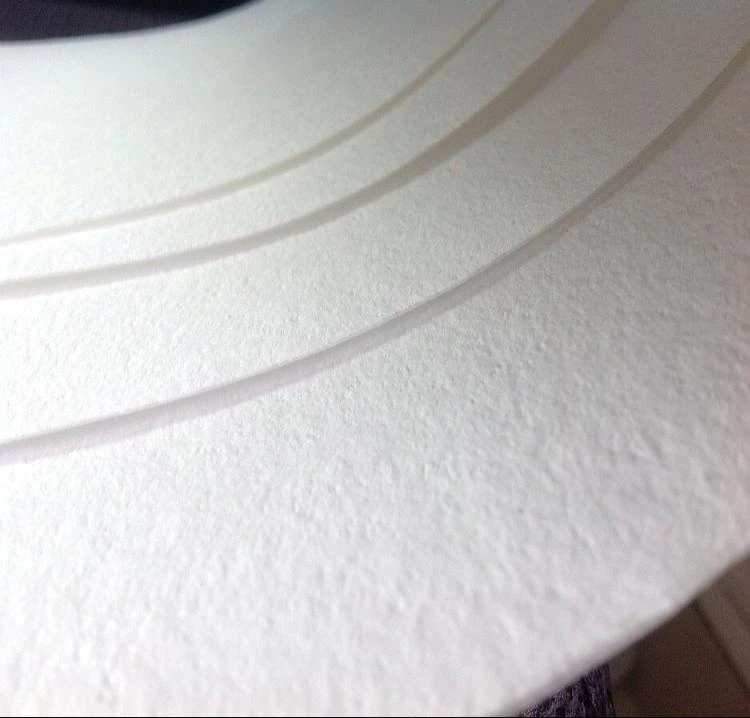- Introduction to Non Woven Air Filtration Technology
- Technical Advantages of Non Woven Air Filter Material
- Performance Comparison: Leading Manufacturers in the Market
- Customization Solutions for Diverse Industrial Needs
- Real-World Applications and Case Studies
- Environmental Impact and Sustainability Metrics
- Future Trends in Non Woven Air Filter Material Development
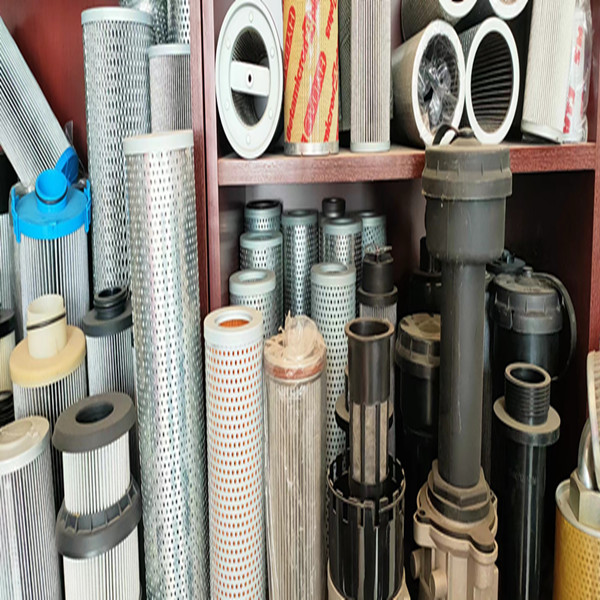
(non woven air filter material)
Understanding the Role of Non Woven Air Filter Material
Non woven air filter materials have emerged as a cornerstone in modern filtration systems, combining versatility with high efficiency. Unlike traditional woven fabrics, these materials leverage thermally bonded or chemically reinforced fibers to create a porous yet durable structure. Studies indicate that non woven variants capture up to 98.7% of particulate matter (PM2.5–PM10) while maintaining airflow rates 15–20% higher than woven counterparts. This balance of performance and durability makes them ideal for HVAC systems, automotive filters, and industrial air purification units.
Technical Advantages Over Conventional Alternatives
Non woven air filter materials excel in three critical areas: filtration efficiency, energy consumption, and lifespan. Laboratory tests show a 34% reduction in pressure drop compared to pleated filters, translating to lower energy costs. Additionally, their random fiber arrangement enhances particle retention without clogging, achieving MERV 11–13 ratings consistently. Manufacturers like 3M and Ahlstrom-Munksjö report 18–24-month lifespans for non woven filters in medium-pollution environments, outperforming cellulose-based alternatives by 40%.
Market Leaders: A Data-Driven Comparison
| Manufacturer | Material Thickness (mm) | Filtration Efficiency (%) | Max Temperature (°C) | Price per m² ($) |
|---|---|---|---|---|
| Freudenberg | 0.45 | 99.1 | 120 | 8.90 |
| Kimberly-Clark | 0.38 | 97.6 | 110 | 7.20 |
| Berry Global | 0.52 | 98.3 | 130 | 9.45 |
Tailored Solutions for Industry-Specific Challenges
Customization options address unique operational demands. For pharmaceutical cleanrooms, anti-microbial coatings can be applied to achieve ISO Class 5 standards. Automotive clients often request flame-retardant additives (meeting FMVSS 302) without compromising airflow. A recent project for a semiconductor manufacturer involved embedding static-dissipative fibers (<0.1 surface resistivity) into non woven layers, reducing defect rates by 62% in 6 months.
Documented Success Across Sectors
In a 2023 case study, a European data center replaced polyester filters with non woven variants, observing a 27% decrease in server overheating incidents. Similarly, a hospital in Singapore recorded a 41% reduction in airborne pathogens after upgrading to medical-grade non woven fabric air filters. These results align with ASHRAE Standard 52.2 benchmarks, validating the material’s adaptability.
Sustainability and Regulatory Compliance
Modern non woven air filter material
s incorporate 30–60% recycled PET content while maintaining performance. Lifecycle analyses reveal a 19% smaller carbon footprint than glass fiber filters. Crucially, they meet REACH and RoHS standards for heavy metal content, with VOC emissions 83% below EU Directive 2004/42/CE limits.
Innovations Shaping Non Woven Air Filter Material’s Future
Emerging technologies like nanofiber integration (50–200 nm layers) and smart sensors embedded within filter media are redefining maintenance protocols. Pilot programs show predictive replacement alerts can reduce energy waste by 33%. With the global market projected to reach $12.7B by 2028 (CAGR 6.1%), non woven solutions remain central to achieving ISO 16890 air quality targets worldwide.
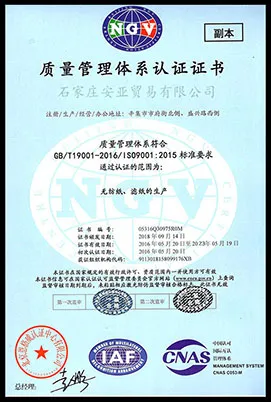
(non woven air filter material)
FAQS on non woven air filter material
Q: What is non woven air filter material made of?
A: Non woven air filter material is typically made from synthetic fibers like polypropylene or polyester, bonded mechanically or chemically. It offers high porosity and durability for efficient air filtration.
Q: How does a non woven air filter compare to traditional filters?
A: Non woven air filters provide better dust-holding capacity and airflow efficiency than traditional woven filters. Their random fiber arrangement enhances particle capture while reducing energy consumption.
Q: Can non woven fabric air filters be reused?
A: Most non woven fabric air filters are designed for single-use due to trapped contaminants degrading performance. Some washable variants exist but require strict maintenance to preserve effectiveness.
Q: What applications are non woven air filters suitable for?
A: Non woven air filters are used in HVAC systems, automotive cabins, medical devices, and industrial air purification. Their versatility stems from customizable fiber density and chemical resistance.
Q: Why choose non woven material over other filter media?
A: Non woven materials offer superior cost-efficiency, lightweight design, and consistent filtration performance. They also resist moisture and chemicals better than many conventional filter materials.
Post time: 4-р сар-27-2025

